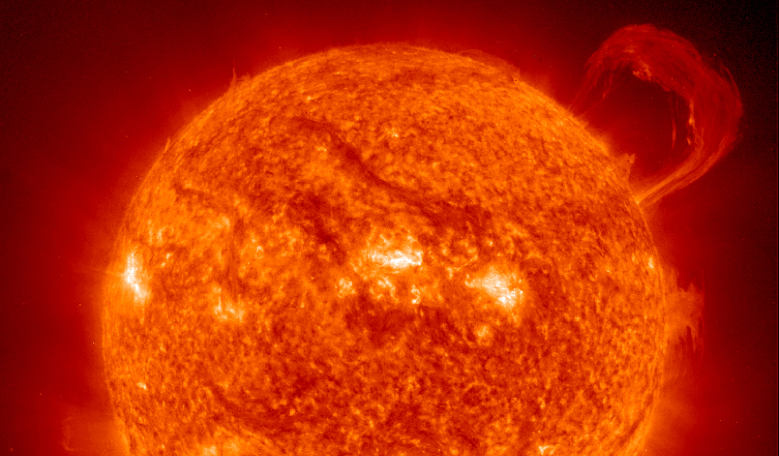As a species, our future hope and ambitions would seem to be somewhat restricted by our attachment to this large rock that we so affectionately call Earth.
While the Sun, our own star and nuclear furnace in the sky, which provides us with the energy necessary to support our complex ecosystem, is still relatively young as far as astronomical objects go, it is, like everything else around us, gradually aging.
The processes involved in what we consider aging vary considerably depending on what exactly is under discussion. In the case of the human body, aging is the result of imperfect cell replication and the cumulative effects these minor imperfections can have in the short and long-term.
As the Sun ages
For a star, the process of aging is reflected in the burning of its nuclear fuel; the centre of a star is home to an abundance of lighter elements such as hydrogen and helium and once the conditions in a newly formed star reach a certain tipping point, these lighter elements begin fusing into heavier ones, releasing massive amounts of energy in the process.
In our own sun, this process is already well underway and our star is approaching what we might think of as its middle age. After many billions of years, the nature of the nuclear reaction in the star's core changes and, depending on the star, a number of things can happen, none of which will allow for life to survive in our solar system.
Reach for the stars
If we as a species plan on one day leaving our home planet, we will have to carefully plan and make preparations for what is sure to be a long and significant journey. It is unlikely that we will see the colonisation of another body in the solar system within any of our lifetimes, but the future minds which will put the plans together and be responsible for their long-term planning and execution may well start their work today.
A number of fields are likely to be involved as, unlike the emergence of civilization on Earth, we already know much of what we will need once we arrive at our destination in space. But before we can think about implementing any of those ideas and systems, we will need to overcome some significant engineering challenges.
Increasingly, those looking to begin work in the budding field of space colonisation are taking advantage of online civil engineering degree programmes like those offered by Ohio University. Of course, a civil engineering degree online is still of great value while we remain confined to this world and represents a fine investment for any engineering-minded students.
Then build the roads
The future of space travel will, of course, depend heavily on our ability to effectively utilise it and devise traffic systems suitable for the environment. The good news with space is that there is a lot of it; it is this fact, among others, that keeps us safe from the huge amounts of rocks and debris hurtling through the void.
As the relevant rules of physics are vastly different, space travel, particularly long distance space travel, will be very different to anything else we have encountered previously.











